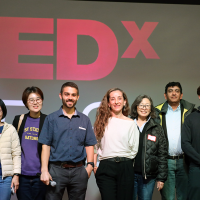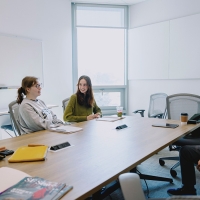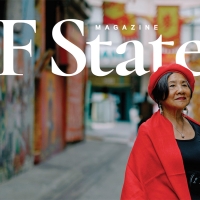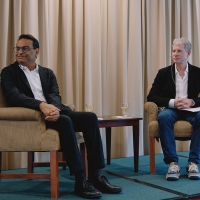EOS Center aims to expand workforce, empowerment to increase local coastal resiliency
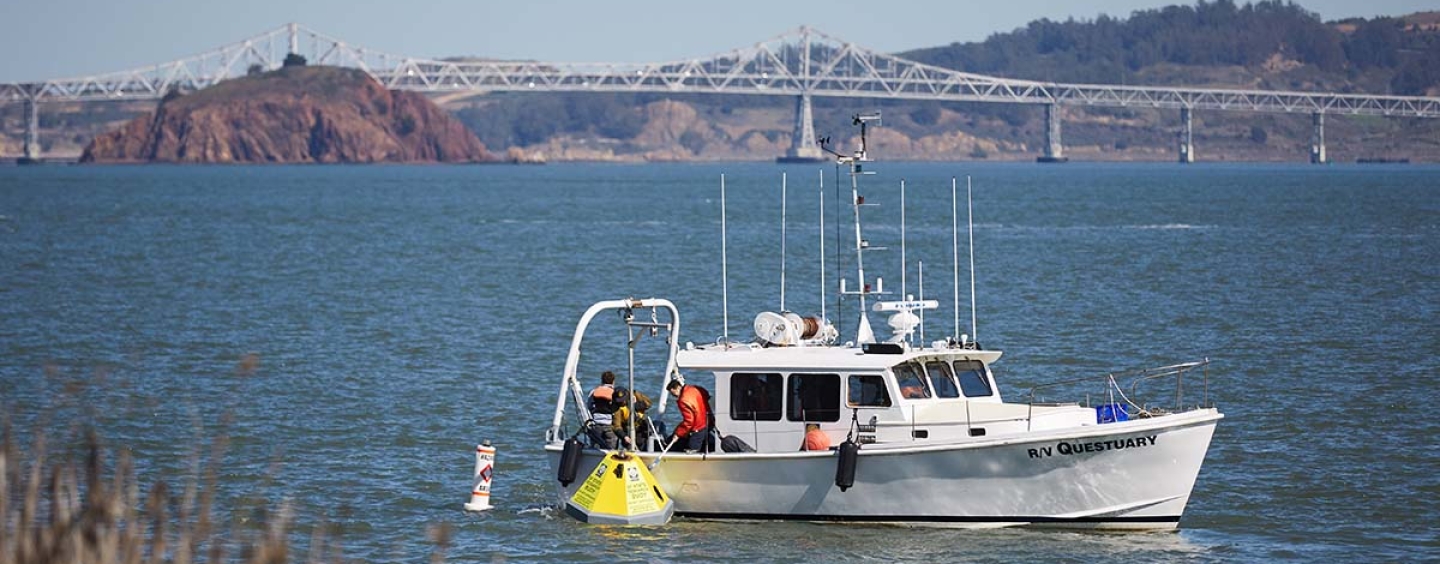
The SF State research center is taking a multipronged approach to environmental issues affecting the San Francisco Bay
San Francisco State University’s Estuary & Ocean Science (EOS) Center has received a $4.35 million grant from the California State Coastal Conservancy (SCC) to build coastal resiliency in the San Francisco Bay. The multipronged three-year endeavor will work on nature-based adaptations to mitigate the effects of climate change, provide community partners with guidance and develop academic curricula and field trips for local youth. The proposal consists of four main projects, with several aiming to boost the number of people qualified for related jobs.
“I think this proposal represents a direction that the EOS Center and the University broadly are embracing. Understanding climate change and adapting to and mitigating climate change are really important topics for us to focus a lot of our attention on,” said EOS Center’s Interim Executive Director and lead scientist Katharyn Boyer, noting how this work intersects with other topics that “we at San Francisco State hold dear, like social justice.”
“We’re certainly interested in training scientists, but we’re also interested in the fact that there is so much work to be done now,” said Boyer, explaining that more hands-on experiences might help youth interested in entry-level jobs related to the Bay. “For coastal climate adaption, there needs to be people who know how to design and fabricate and actually implement these kinds of projects. There’s a wide range of workforce needs.”
This SCC-funded project was designed with input from a variety of community collaborators, Boyer explains. Community partners included several community colleges, government agencies, other science and environmental organizations, including co-located partners at the EOS Center, the Smithsonian Environmental Research Center and the National Estuarine Research Reserve. The projects are:
- Climate workforce capacity building: In collaboration with seven community colleges, the EOS Center and partners will develop new curricula, provide real-world data sets and organize field trips to nature-based shoreline projects for hands-on work with implementation and monitoring. Scientists will also organize field trips and offer training relevant to nature-based shoreline projects for English-language learners from San Rafael's Canal community (via a collaboration with Conservation Corps North Bay) and underserved communities in San Francisco's Bayview/Hunters Point (via a collaboration with Literacy for Environmental Justice). Teachers and staff at collaborating institutions will also have educational opportunities and support. The intent is to build an educational pipeline to four-year institutions like SF State.
- Oyster shell recycling pilot: Scientists are testing human-made oyster reefs to protect against shoreline erosion, and incorporating native oyster shells may help make these structures a desirable habitat for native species. Since there is no robust source of local shells, scientists will work with two major restaurants to collect and prepare the shells. Information about the project and its environmental importance will be shared with more than 250,000 restaurant patrons per year. Vocational training will be offered for the Canal community youth in San Rafael through a collaboration with the Conservation Corps North Bay.
- Planning and permitting a living seawall at the EOS Center, Tiburon: A living seawall incorporates materials conducive for native species along traditional vertical seawalls, which typically have little habitat value. The seawall at the EOS Center will be retrofitted to include horizontal relief in a variety of configurations, which will allow scientists and students to determine best approaches to create habitat and shoreline resilience. This funding supports the first step: design and permitting of the seawall retrofit, which will also include a small boat launching facility to make the seawall more accessible for research and community visits.
- Pilot Regional Climate Science Consortium: The EOS Center will dedicate offices/meeting spaces for groups of scientists focused on advancing innovative science guidance for nature-based adaptations along shorelines in the San Francisco Bay. This consortium will work with partners to identify scientific needs, summarize findings and advice, and provide guidance on environmental and shoreline projects.
In addition to supporting collaborations with community colleges and other local organizations focused on underserved youth, the new grant also has funds to support work with Indigenous communities. By providing youth with projects that educate them on the effects of climate change, Boyer hopes they can make informed decisions about their career paths and their communities.
“We want youth in these underserved communities to have some tools and some agency about what happens along their shorelines,” Boyer added. “And we want to know from these communities from the very beginning how they think this work should look.”
At SF State, the program also provides University students a chance to participate in field trips and be scientific colleagues. For instance, Boyer hopes SF State graduate student participation might encourage a near-peer mentorship relationship between SF State students and youth from collaborating organizations.
“This is a major push for the EOS Center to expand our capacity to do climate adaptation work and to involve our students and to involve the region’s youth,” said Boyer. “Climate change is one of the biggest issues of our time and it’s exciting that scientists at SF State are leading in innovation and creation of educational opportunity to work with nature to lessen the impacts.”
Tags
